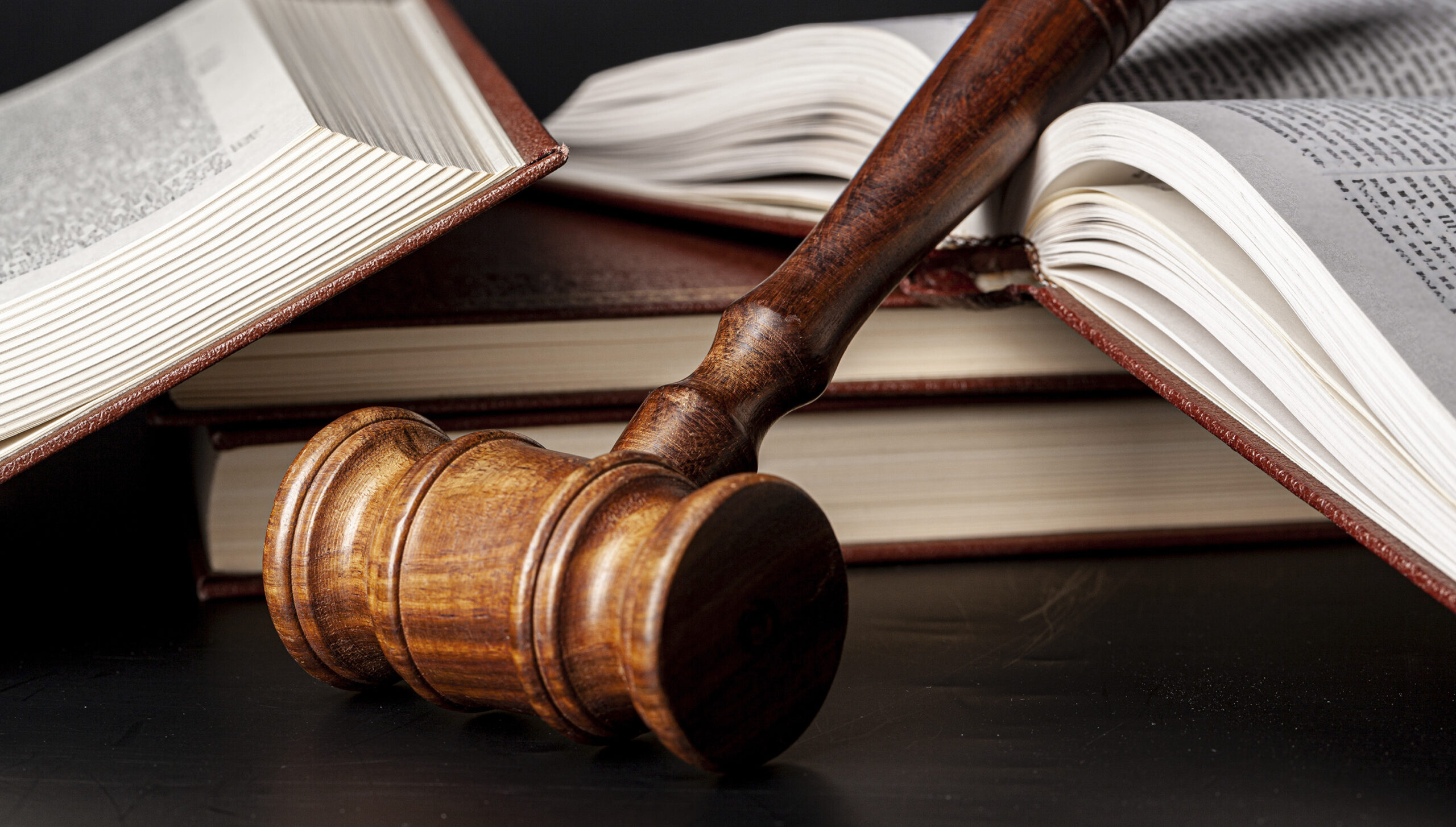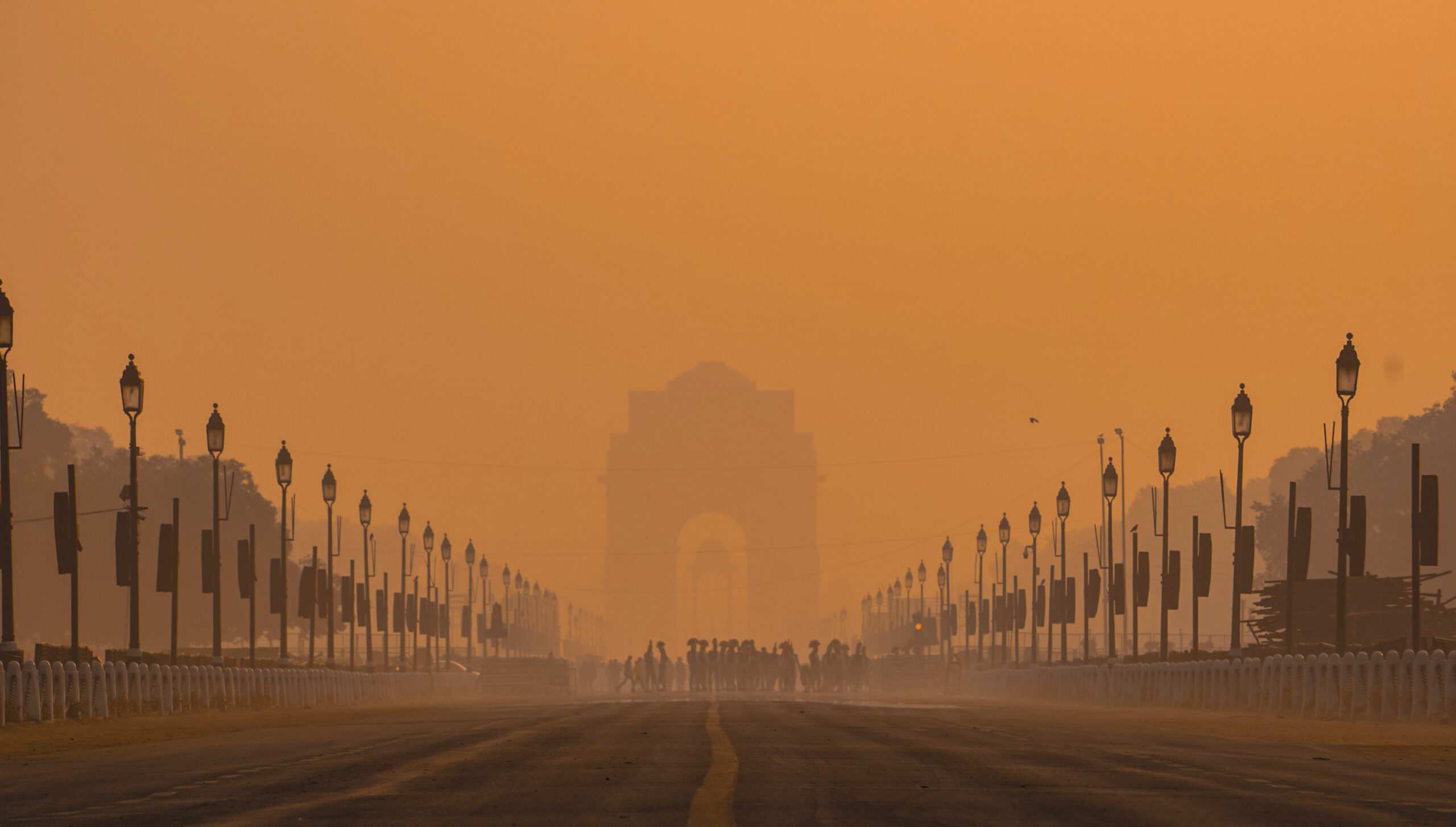Our country was under the colonial rule of the British and after a long struggle gained freedom in 1947. Thousands of revolutionaries, patriots and followers of non-violent movements relentlessly worked for the freedom of the country totally disregarding their personal comforts and pleasures. Their lives were full of devotion and dedication towards the motherland. Countless men and women, children and elderly persons laid their lives at the altar of the freedom struggle. Because they sacrificed their lives, we are able to breathe in fresh, free air today.
The British East India Company had established its rule firmly in India with the battle of Plassyand gradually consolidated itself pretty well thereby laying foundation of an empire to be handed over to the British crownby 1857. Subsequent to the establishment of ‘British Raj’ in India in 1857, the British rulers cleverly brain-washed Indian masses, glorifying the colonial rule. The Raj was described as an “act of abundant mercy of Divine Providence” and the rulers werelooked upon as protectors and deliverers. It was claimed that the British made an outstanding contribution inmaking India modern, industrial, democratic and secular. Therefore, it was the duty of everyIndian to extend support and to be loyal to this government which was a ‘gift of God’ to theircountry. The idea also got support from the handful of British educated liberal and theconservative leaders of India who perceived religion in terms of politics and politics interms of religion. The social background, acceptance of the superior political doctrine andeconomic philosophy of the British rule, class interests and the perception of the social realitiesof the religious reformers and the liberal leaders made them great defenders of the colonial rule.
In this background, our culture and civilization cameunder heavy pressure, especially in the second half of the 19th century, leading to a situation of political anarchy in India. On the one hand, there were the British and their followers who were trying to disfigure our cultural heritage whereas on the other hand our social evils were proving a blot on our culture, threatening the fundamentals of the society. It appeared as if the true face of Indian culture would disappear very shortly. At this critical juncture some of our social reformers and religious leaders took upon themselves the responsibility of reforming the society by awakening the people to the problems caused by their narrow-minded, regressive and dogmatic behaviour.
Many of these Hindu reform movements led to the fresh interpretations of the ancient scriptures of Upanishads and Vedanta and also emphasised on social reform. The discernible feature of these movements was that they countered the notion of western superiority and white supremacy propounded by the colonizers as a justification for British colonialism in India. This led to the upsurge of patriotic ideas that formed the cultural and an ideological basis for the independence movement in India.
The influence of the Hindu renaissance movements was such that by the turn of the 20th century, there was a confluence of ideas of the Hindu cultural nationalism with the ideas of Indian nationalism. The Hindu renaissance movements held considerable influence over the revolutionary movements against the British rule and formed the philosophical basis for the struggles and political movements that originated in the first decade of the twentieth century.
Hindu Nationalism and Freedom Movement:
The 19 century was the time of emergence of first stages of Indian nationalism, andbeginning of mutual interaction between politics and religion. However, unlike the notion of Nationalism as it appeared in Europe as a secular doctrine, in India religion has had important role in nationalism so that this area evidenced thegrowth of religious nationalist movements. In this stage of history of India because of the plentyof nations and ethnics in subcontinent, religion played an important role in the nationalism against British. Religion was transformed and molded in a national form that defined itself in opposition to the colonizing state. The denial of participation in thepolitical institutions under colonial rule led Indians to develop an alternative set of institutions of ajointly political and religious nature. The nationalist movement in India can be seen as a crusade against colonial rule which essentially had religious fervor. This is noticeable from the elaborate use of religioussymbols, songs, and slogans. The most important signs of these can be seen in the use of slogans of the Great Revolt in 1857 such as “Din, Din” (Religion,Religion), “Khun, Khun” (Blood. Blood), “Maro Feringhi Ko” (Kill the Europeans), Swadharm(Religion), “Swadesh” (My Country), “Swarajya” (Freedom), “Har, Har, Mahadev” (Victory beto Lord Mahadev).
The social and religious reform movements of the 19th century greatly contributed to the feeling of Nationalism. The spiritual leaders and social reformers such as, Swami Vivekananda, Annie Besant, Henry Derozio, Raja Ram Mohan Roy and many others revived the glory of ancient India, created faith among the people in their religion and culture and thus gave the message of love for their motherland. The intellectual and spiritual side of Nationalism was voiced by persons like Bankim Chandra Chatterji, Swami Dayanand Saraswati and Aurobindo Ghosh. Bankim Chandra’s hymn to the Motherland, ‘Vande Matram’ became the rallying cry of patriotic nationalists. It inspired generations to supreme self-sacrifice. Simultaneously, it created a fear in the minds of the British. The impact was so strong that the British had to ban the song. Similarly, Swami Vivekananda’s message to the people, “Arise, awake and stop not till the goal is reached”, appealed to the Indians. It acted as a potent force in the course of Indian Nationalism.
The Hindu leaders nurtured Nationalist movement by increasingly the use of more exciting emotional appeal through the works in the various fields of literature, music, drama, and other arts. While the evocative appeal of such cultural products tremendously aided the nationalist cause, they also raised some delicate religious issues. They used the popularity of Hindu devotional poets. For example, Brahmo reformers in Bengal used the public forums provided by religious fairs and festivals to popularize patriotic themes and songs in large-scale gatherings of people. Despite their religious origin or regional source, the spirit and content of some of these songs were designed for wider appeal and transcended regional barriers. The significant role of a song like ‘Bande Mataram’ with religious bias, in national mobilization across regions was hard to dispute.
Thus, the Hindu nationalism has been collectively referred to as the expressions of social and political thought, based on the native spiritual and cultural traditions of historical Indian subcontinent. The native thought streams are highly relevant in the study of Indian Nationalism history as they help in forming a distinctive identity of the Indian polityand provide a basis for questioning colonialism.They inspired the independence movements against the British Raj based on armed struggle, coercive politics,and non-violent protests. They also influenced social reform movements and economic thinking in India.
Some of the notable organisations of this era which greatly contributed not only in the sphere of socio-cultural reforms but also helped in forming a national political consciousness are discussed in the following Para:
The Brahmo Samaj:
The Brahmo Samaj was the earliest reform movement of the modern type which was greatly influenced by Western ideas. Raja Ram Mohan Roy was the founder of Brahmo Samaj. He has been rightly hailed as the father of modem Indian nationalism. As Rabindranath Tagore put it, it was Raja Ram Mohan Roy who ushered in the modern epoch in India.
Although Ram Mohan Roy was a man of versatile genius, the governing passion of his life was religious reform. While he defended Hinduism against the hostile criticism of the missionaries, he sought to purge Hinduism of the abuses that had crept into it. Therefore, he set to himself the task of purifying Hinduism and sweeping away from it the cobwebs of superstitions which has accumulated through the ages. He wanted Hinduism regenerated as a truly national religion suited to the new conditions of social life.
Raja Ram Mohan Roy reinterpreted Hindu doctrines and found ample spiritual basis for his humanitarianism in the Upanishads. He launched a campaign for the abolition of Sati, child marriage, female infanticide etc.He condemned polygamy and concubines and advocated the right of Hindu widows to remarry. He invaded the caste system and declared it anti-national, anti-democratic, inhuman. He led a crusade against all injustices done to women and stood for equality between man and woman.
He advocated a rational approach to religion. He sought to assimilate the new values created by Western science and to blend them with the traditional values of India so as to meet the challenge of the new age.
Ram Mohan strongly supported the introduction of modern education. Pointing out the inadequacies of the old educational system in the changed conditions of life he stressed the need for the new Western type of education based on the Western ideals of liberalism, rationalism, democracy, nationalism etc; for, he saw it as a vehicle of modern thought that could acquaint the Indians with the, vast advances made by the West in science, social reform etc.
The Brahmo Samaj was not a purely religious reform movement, for, in these days, social and political progress was inseparably linked with religious reform. By its popularization of the ideals of individual freedom, national unity and liberation of social institutions and social relations the Brahmo Samaj movement undoubtedly played a great role in quickening the forces of national regeneration which later found political expression in the Indian National Congress formed in 1885.
The Arya Samaj:
The economic and political developments in India in the first half of the nineteenth century became more and more incompatible with the outmoded religious beliefs, obsolete customs and ossified social relations. But, deep-rooted religious beliefs and social customs did not readily give way to rationalism, scientific thought and the modern way of life. Under such conditions, economic and political struggles naturally put on a religious garb. Two contradictory and often conflicting tendencies were in evidence.
One section of the intelligentsia considered the revival of religious traditions an important factor for safeguarding “national” culture from the attack of the West. They counterpoised the “spiritual” culture of India to the “materialist” culture of the West.They asserted that Indian culture was superior to the Western and denounced all foreign cultural influences. They insisted on the strict observance of many of the traditional customs, rituals and ceremonies of Hinduism, although they were opposed to some of the obsolete customs.
The second tendency was manifested by intellectuals who stood unflinchingly for a reform of the Hindu religion and society in accordance with the needs of the time. Their appeal was not to a revivalist faith in the country’s past but to the spirit of eagerness to move forward to a better and greater future with the help of modern science and culture.
The Arya Samaj movement, basically revivalist in nature, was an outcome of the reaction to Western influences. The Samaj was organised by Swami Dayanand Saraswati in 1875. He rejected Western ideas and sought to revive the ancient religion of the Aryans. He regarded the Vedas as derived from God and. therefore, infallible. To him, they embodied the knowledge and wisdom not only of the past, but also of the future.
In order torealise his aims, Dayanand launched a four-point programme which included religious reform, social reform, expansion of education and political emancipation of the country from foreign domination. He criticized the bigotry of the hereditary Brahmin priests, opposed idolatry and child marriage. He condemned untouchability and casteism, as not sanctioned by the Vedas. He advocated widow remarriage and a high status for women in society. He tried to raise the status of lower caste Hindus by spreading education among them. He was in favour of equality between sexes in all social and educational matters.
The Arya Samaj from the beginning represented a restricted trend of national consciousness. In the words of Nehru, the Arya Samaj “was an attempt to convert defensive and static Hinduism into an aggressive missionary religion. It was meant to revive Hinduism. What gave the movement some strength was a colouring of nationalism. It was ‘indeed ‘ Hindu nationalism raising its head. And the very fact that it was Hindu nationalism made it difficult for it to become Indian nationalism.”
Prarthana Samaj:
It was another Samaj which aimed at reforming Hindu society. The Samaj suggested the worship of one Almighty. In order to end social evils it started many institutions like orphanages etc.It also condemned ban on widow remarriage. With this end in view it opened widow ashrams and supported the cause of Widow Remarriage. It also started a plan for adult literacy. It also argued that our women folk should have their rightful place in society.
One of the main supporters of this Samaj was Justice M.G. Ranade who believed that religion and society could not be separated from each other. Religious and social evils were bound to interact and influence each other. Similarly he believed that religion and politics are inseparable. A socially degenerated society cannot demand, obtain and enjoy political rights. He, therefore, suggested that religion and society must be reformed tor successful political set up. It was due to his efforts that the Deccan Education Society was founded. Ranade influenced Gokhale and Tilak whose contribution in the freedom movement needs no elaboration.
Theosophical Society of Annie Besant:
This society also played a very leading part in awakening the Indian masses. It was founded in 1875 in U.S.A. In 1879 its founder members visited India and at Adyar founded the society It was subsequently in 1893 that Dr. Annie Besant joined it and infused a new spirit into it Members of the society believed that India had a proud past and Indians could rightly take pleasure and pride in their ancient cultural heritage. If there were evils in Indian society, these could be removed by making some efforts.
The Indians should demand their rights from those foreigners who had snatched political power from them. In order to create awakening among the masses she spent the whole of her life in serving this cause and even earned the displeasure of the Government. She very boldly said that after ending social evils there was no difficulty in getting political rights. She also made it clear that Indians themselves will have to struggle and that no foreign individual or institution shall be have any help.
(The next part in this series examines the influence of religion with special reference to post Gandhian national movement).
To Be Contd. ….





